About 80 percent of the land in Nevada is owned by the federal government -- which is the largest percentage of federally-owned land in any state.
Although Nevada businesses, municipalities and counties have benefited from federal land transfers in the past, more requests remain.
And Nevada's 2nd U.S. House District Rep. Mark Amodei, R-Carson City, predicted on Nevada Newsmakers last Friday that the U.S. House will pass more federal land transfers in the current Congress.
"Make no mistake, we're moving lands bills out of the House of Representatives this year," Amodei told host Sam Shad.
Nevada's congressional delegation, led by Amodei and Sen. Catherine Cortez-Masto, D-Nv., pulled off a huge land transfer in 2022 when 558,000 additional acres of federal land were approved for military training at the Naval Air Station Fallon, east of Reno.
It added 870 square miles of Navy bombing areas but also designated more than 906 square miles of land for conservation and other protected areas. It also gave about 28 square miles of land and $20 million each to two Native American tribes, according to The Associated Press.
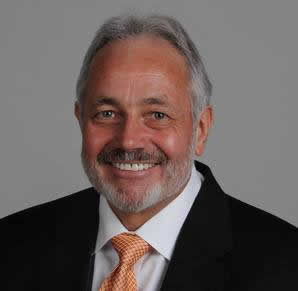
Now, however, land transfers are needed in both Northern and Southern Nevada to satisfy such things as the expansion of a new industrial park near Fernley -- expected to rival the Tahoe-Reno Industrial Center in Storey County -- and the construction of the North Vegas Logistics Center to help grow the Las Vegas area as a regional distribution center.
"We're going to pass lands bills out of the House of Representatives this year, and then they go over to the Senate," Amodei said, adding that he is discussing the proposed land transfers with influential senators.
"We're talking with Senator (Joe) Manchin (D-WVa.), his staff and (influential staffer) David Brooks to ask directly about what has been your objection on stuff in the past, to see if we can change this, change that or whatever, so it works for you."
Amodei, in a previous Nevada Newsmakers interview, said Brooks has been opposed to Nevada land transfers, going back to the days when Nevada's Harry Reid was the Senate Majority Leader.
If the pending land bills are not passed in 2023, they probably won't be approved in 2024 because the attention of Washington D.C. will be centered on the presidential election, Amodei said.
"You see why this year (is important) because people get attention-deficit disorder in presidential years," he said.
Passing the land bills in the Senate would also be good for Sen. Jacky Rosen, D-Nv., because she is up for re-election in 2024, Amodei said. Rosen defeated then-incumbent Sen. Dean Heller, R-Nv., in 2018 to advance from the U.S. House to the U.S. Senate.
"If the Senate wants to own killing them all (land bills), then it's like, hey, my colleague Jacky Rosen, that's not a good day for you. So hopefully, you know, she can bring a different result on some of that stuff," Amodei said.
Rosen and the 2024 election was also a topic with longtime state Sen. Pete Goicoechea, R-Eureka, during another interview on Nevada Newsmakers last week.
Said Goicoechea, "You know, she's a Southern product and it really hasn't been about the rurals, although she's tried reaching out now, but she's up for election."
Goicoechea, whose District 19 stretches from Primm, south of Las Vegas, to the Nevada-Idaho border up north, was kinder to Cortez-Masto.
"I've got a relationship with Catherine that goes way back, clearly when she was (Nevada's) Attorney General," he said. "You know, and I can't remember what year it was when she was first elected, but it was kind of a down year. Republicans didn't have a very strong slate and I actually campaigned with Catherine.
"So, you know, I appreciate her and she hasn't really forgotten rural Nevada to that extent," Goicoechea said. "When I reach out to her staff to ask some questions, I get some answers."
Southern Nevada Supplemental Airport
Amodei said Nevada's congressional delegation is willing to help move the Southern Nevada Supplemental Airport project (SNSA) -- a plan to build a second airport about 30 miles south of Las Vegas in the Ivanpah Valley. The new airport would handle all the cargo traffic into Las Vegas, plus the overflow of passenger flights, according to published reports.
Long-term plans for the new airport include having a stop there for the proposed Brightline West high speed electric rail system from Los Angeles to Las Vegas. That highly anticipated project could be completed by 2026 or 2027, according to the International Railway Journal.
Harry Reid International Airport, formerly McCarran International, is rapidly nearing full capacity, airport officials have said. Reid International set a record with more than 52 million passengers in 2022. It is expected to hit 63 to 65 million passengers annually by 2030. That's considered the airport's maximum capacity, according to the Las Vegas Review-Journal.
However, Clark County Department of Aviation Director Rosemary Vassiliadis recently said the earliest the second airport in the Ivanpah Valley could open is 2037, seven years after the projected date for Reid International to hit its maximum limit.
"We're at the point, at least from a federal land-use perspective, where its time to talk to us, Clark County. And by the way, we'll carry the ball for you," Amodei said.
"But you've got to be on board," he added. "And that's like, where's your county resolution? City council resolution, whatever that says? This is what we want."
Land transfers don't always go well, even with congressional help. In 2022, the Clark County Lands Bill was designed to exchange federal land for private development in the Las Vegas Valley. It was championed by Cortez-Masto but it blew up when Clark County balked at a reduction in acreage, prompting Cortez-Masto to withdraw her legislation.
"When you've been doing this for a while, you don't want to be rushing out there and find out what you rushed out onto was a plank instead of a playing field," Amodei said. "And so it's like, tell us what you want and then own it and we will deliver for you."
Clark County is also expected to seek state approval and possible financing to begin design work during the current session of the Nevada Legislature.
Goicoechea, a 20-year legislative veteran from rural Nevada, sees buy-in for the project among other lawmakers in Carson City.
"It's moving faster than people realize behind the scenes and I've met with people out of Clark County and from Las Vegas as well," said Goicoechea.
"They have the political clout," he said of the SNSA legislative allies. "So I do look for it to move forward and they are working on it right now."
Amodei predicts future dissatisfaction for any passenger airline that may be forced to move to the Ivanpah Valley.
"You've got this situation now that I can see in the internal politics among the airlines -- you want to land in view of The Strip, just because that speaks for itself," Amodei said.
The distance (about 30 miles) from the Ivanpah Valley to downtown Las Vegas would be no different than airports near Denver or Washington D.C., Goicoechea said.
"It used to be that we all went to Reagan. Now you go to Dulles (International) and that's your 30-mile ride (into Washington D.C.)," he said. "There is not much difference in flying to D.C. or to Vegas, going to Ivanpah, and taking a 30 minute ride in. You wouldn't think anything of it. "
Lithium mining
Amodei bemoaned the time it takes to get lithium mines up and running in Nevada, even though securing the necessary minerals for electric vehicles and cellphone communication is considered vital to national security.
"Whether it's cultural resources, whether it's air quality, the whole nine yards, it's like they (mine operators) have embraced all of those issues and dealt with them in a responsible way," said Amodei, a former president of the Nevada Mining Association. "And yet you still have to basically climb up a pretty steep hill on multiple occasions. You sit there and you go, 'Well, present (Biden) Administration, isn't this a priority for you strategically, economically and environmentally?"
The nation's largest lithium mine broke ground in Nevada at Thacker Pass in the vicinity of Winnemucca last month after a lengthy legal battle with environmentalists and Native America tribes.
Thacker Pass is the traditional homeland of several related Indigenous nations, including the Shoshone-Paiute Tribes of the Duck Valley Reservation, the Fort McDermitt Paiute and Shoshone Tribe, the Pyramid Lake Paiute Tribe and the Reno-Sparks Indian Colony, according to reports.
Now that the Thacker Pass mine is a reality, Goicoechea also predicts issues with agriculture and transportation in the area.
"We're concerned about it," he said. "We all know what's up. What happens when you get a major mining operation go in? Typically it does impact water to some extent. And so from the ag (agriculture) perspective, that is the biggest thing."
Truck traffic on U.S. Route 95 is another worry, Goicoechea said.
"They're going to put a couple hundred trucks a day on that," he said. "That's going to really bottleneck that transportation system, especially going from Winnemucca north towards McDermitt."
Another large Nevada lithium mining operation, Ioneer Ltd.’s Rhyolite Ridge proposed lithium-boron mine in Esmeralda County, remains under federal review, according to the E&E News GreenWire.
"It is still phenomenally difficult to comply with the rules in a timely manner," Amodei said. "The rules aren't bad things. The timely part is always the challenge."
The Rhyolite Ridge project reportedly holds the largest known lithium and boron deposit in North America, according to Ioneer, an Australian company.
Environmentalists have raised concerns about a rare wild flower that only grows in the soil near the mining site, the Tiehm's buckwheat plant. It was listed as endangered last year by the U.S. Fish and Wildlife Service, further stalling the mine's development.
"It's incredibly frustrating when you're trying to move into less carbon, move into responsible extraction of mineral resources, move us into economic security, strategic security, all that stuff," Amodei said.
Watch this episode of Nevada Newsmakers.
See the upcoming schedule for Nevada Newsmakers.
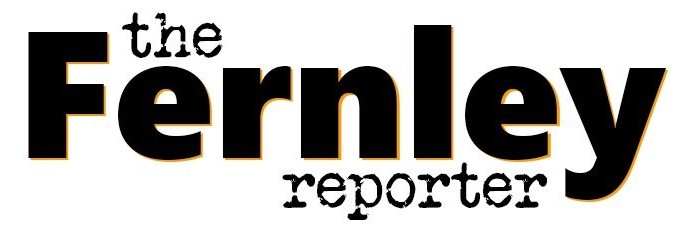
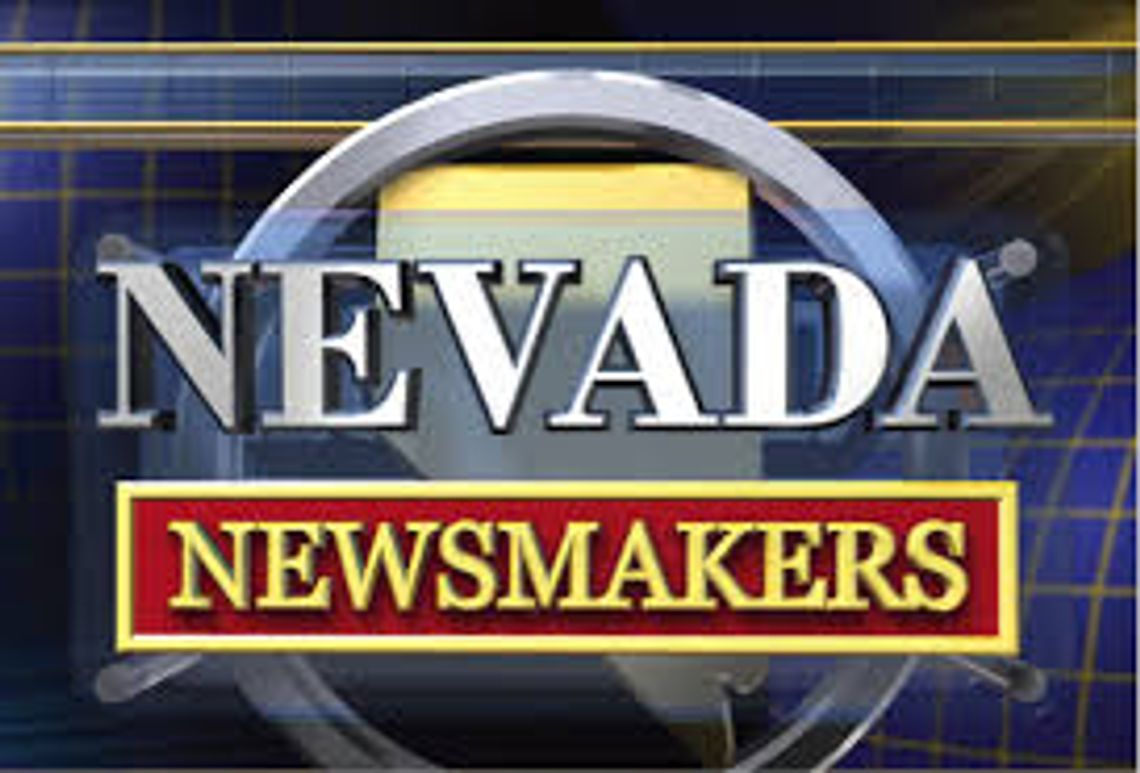

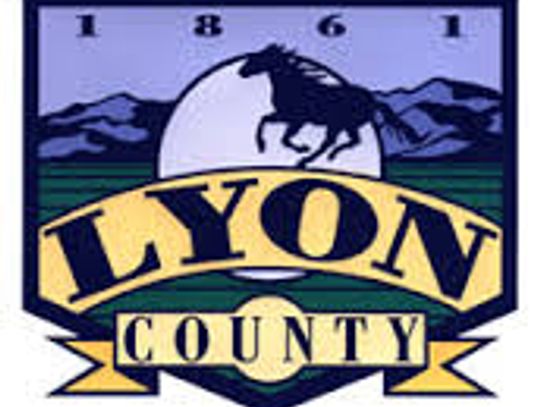
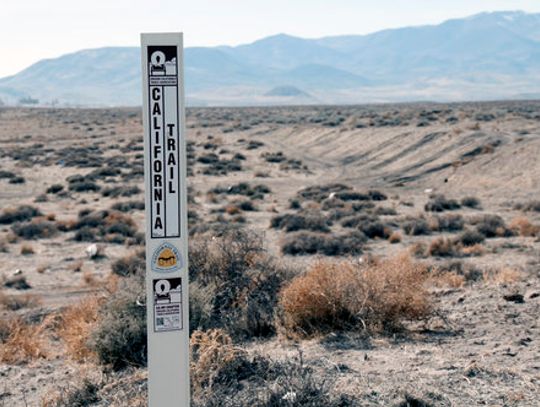



Comment
Comments